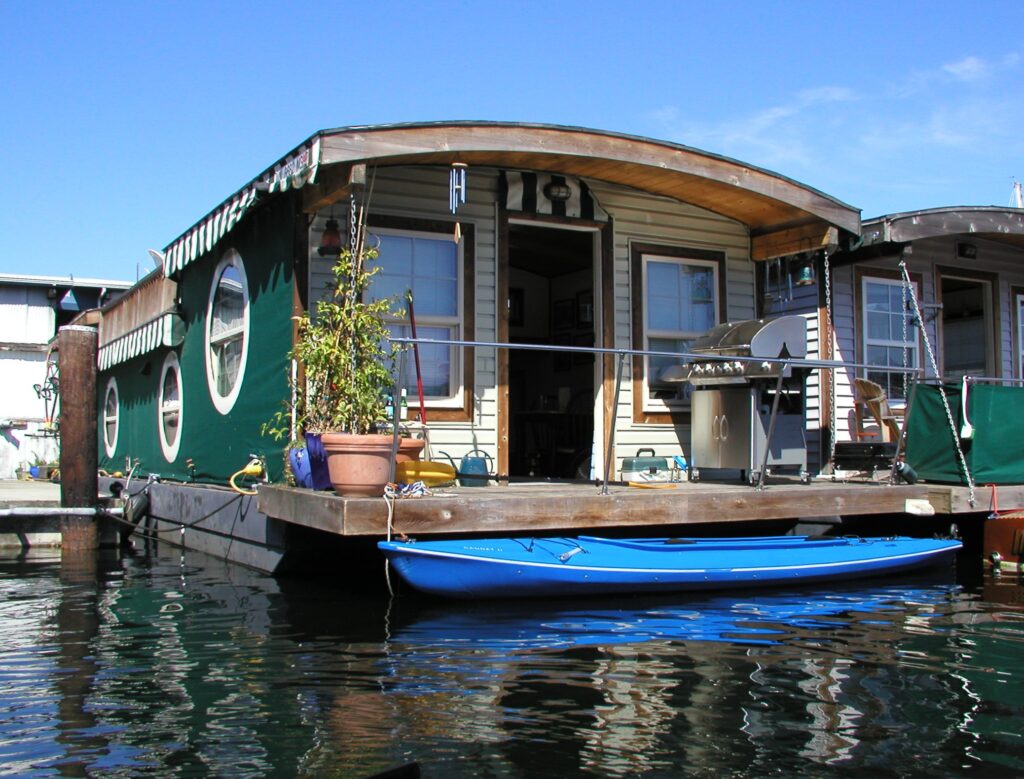
The enchanting backwaters of Kerala and the serene rivers in various parts of India are home to an increasing number of houseboats and floating structures. While these unique dwellings provide residents and tourists with a delightful experience, they also present specific challenges, particularly when it comes to water storage. Proper water management is essential for both comfort and sustainability, and effective solutions must be implemented to ensure that these floating residences thrive. In this blog post, we will explore various water storage solutions suitable for houseboats and floating structures in India.
Importance of Effective Water Storage
Water availability is a critical concern for houseboats and floating structures, especially in areas where access to potable water may be limited. The challenges include the risk of contamination, the requirement for efficient space utilization, and the need for adaptability to varying water levels. In such cases, investing in appropriate water storage solutions can enhance the living experience, promote sustainability, and ensure the health and safety of inhabitants.
Types of Water Storage Solutions
Rainwater Harvesting Systems
Rainwater harvesting is an eco-friendly solution that capitalizes on India’s monsoon season to collect and store rainwater. For houseboats and floating structures, installing a rainwater collection system can significantly reduce dependence on external water sources. The setup generally involves a roof with a slope that directs rainwater into a storage tank. In locations with substantial rainfall, this method can provide a considerable supply of fresh water, which is especially useful during drier months.
Modular Water Tanks
Given the constricted space within houseboats, modular water tanks emerge as an efficient storage solution. These tanks can be customized in size and shape to fit the available space, making them ideal for the limited and often irregular layouts of floating structures. Materials such as food-grade plastic or fiberglass ensure that the water stored remains clean and free from contamination. Additionally, these tanks are lightweight and can withstand the buoyancy required on water.
Bio-Sand Filters
To guarantee the safety of drinking water, bio-sand filters are an excellent addition to water storage systems. This filtration technique uses a layered approach to remove pathogens and debris, making the water safe for consumption. The simplicity and low-maintenance requirements of bio-sand filters make them practical for houseboat residents, allowing them to purify stored water efficiently. This solution not only supports health but also complements rainwater harvesting systems.
Pumping Systems and Pressure Tanks
Self-sufficient water systems on houseboats often require the use of pumps and pressure tanks to ensure that water is accessible throughout the structure. Submersible or centrifugal pumps can efficiently draw water from storage tanks and pressurize the plumbing system for reliable flow. Utilizing pressure tanks minimizes the requirement for continuous pumping, providing a consistent water supply without excessive energy consumption.
Floating Water Storage Units
Innovative technologies have led to the development of floating water storage units, specifically designed for use in aquatic environments. These units can be moored securely alongside houseboats, providing a supplementary water supply. Made from durable, corrosion-resistant materials, floating storage solutions can accommodate fluctuating water levels while ensuring that water remains uncontaminated.
Conclusion
As the popularity of houseboats and floating structures in India continues to rise, so do the challenges associated with water storage and management. By adopting effective water storage solutions like rainwater harvesting systems, modular tanks, bio-sand filters, pumping systems, and floating water storage units, owners can ensure access to safe and adequate water supplies. These approaches not only enhance the livability of floating structures but also contribute to broader sustainability efforts in India’s aquatic ecosystems. Embracing these technologies will enable houseboat residents to enjoy their unique lifestyles while maintaining a responsible and environmentally friendly approach to resource management.


